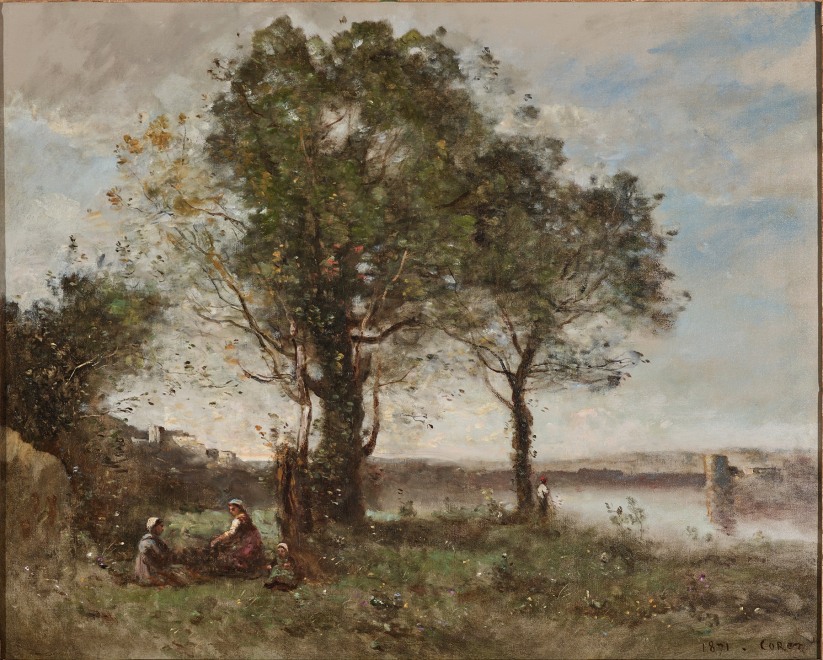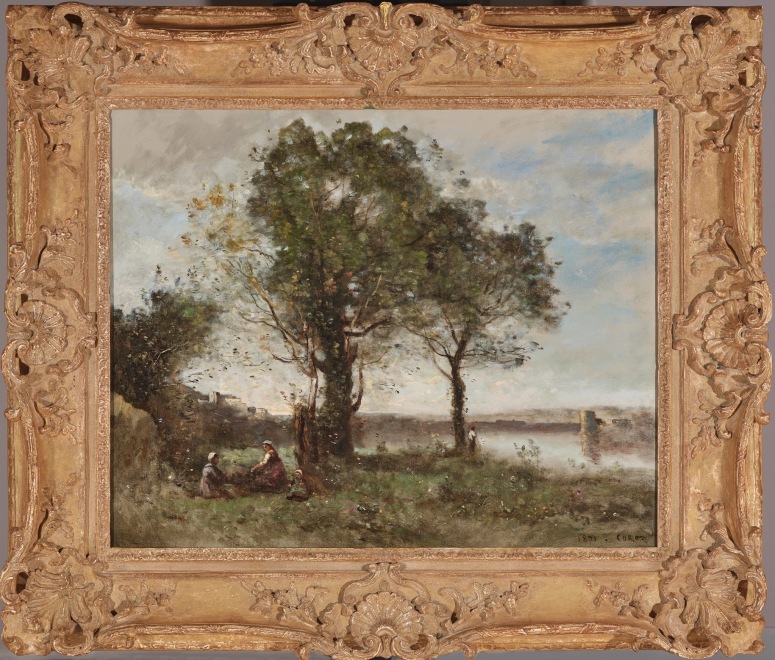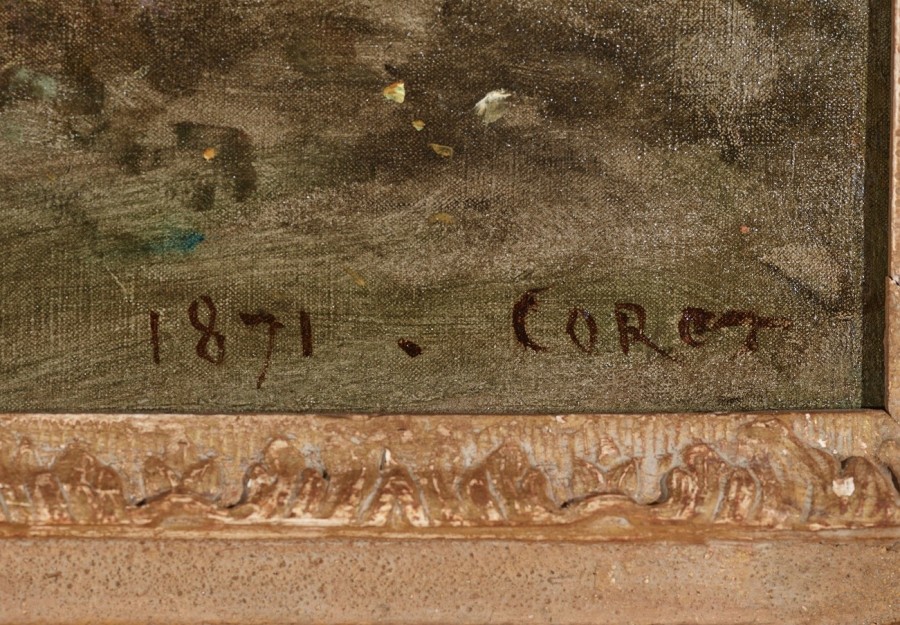Provenance
Alex Reid, Glasgow
Alex Reid and Lefevre, London
David William Traill Cargill, Lanark, Scotland, ca 1920-1930
Thence by descent to his wife, née Berthe Chopier
Thence by descent, private collection, USA (and his/her sale: Sotheby’s New York, 25 April, 2006, lot 154)
Richard Green Fine Paintings, London (purchased from the above sale)
Robert A Kierlin and Mary Burrichter, USA (purchased from the above)
Exhibited
On loan to the Corporation of the City of Glasgow, Glasgow Art Gallery, as Souvenir de marais, (owner David William Traill Cargill)
On loan to the Minnesota Marine Art Museum, as Brume matinale au marais, no. 46, from 2012-2022 (the Burrichter/Kierlin collection)
Literature
Charting New Waters : Redefining Marine Painting : Masterworks from the Burrichter/Kierlin Collection, Winona, Minnesota, Minnesota Marine Art Museum, 2013, figure 27, p. 73, (illustrated)
M. Dieterle and C. Lebeau, Sixth Supplement to Œuvre de Corot by Alfred Robaut et E. Moreau-Nélaton, Paris, 2018, no. 125., p.123 (illustrated)
Catalogue note
In his commentary on the Salon of 1845, Charles Baudelaire exclaimed, “at the head of the modern school of landscape stands M. Corot.” (Charles Baudelaire, Curiosités esthétiques, Paris, 1923, p. 55). Any understanding of Corot as a landscape painter requires a careful review of the complexities involved in the evolution of his painting, beginning with his early plein air studies and culminating in the silvery “souvenirs” of his later years. Currently Corot’s topographical studies, primarily done during his early trips to Italy, are coveted for their immediate connection between painter and subject, and especially for their spontaneity. While Corot is rightly considered one of the most significant French landscape painters, an accolade supported by the next generation of painters, which included Monet, Degas and Cézanne, among others, his later works, often characterized as “pre-Impressionistic,” have not been as thoughtfully discussed, apart from Gary Tinterow’s essay. “Le Père Corot: The Very Poet of Landscape” in the exhibition catalogue for the 1996 Corot retrospective (Corot, exh. cat, New York, 1996, pp. 259-266). When we consider that most of Corot’s later landscapes were painted in his studio from memory; this should not necessarily be interpreted as a negative but instead should celebrate Corot’s ability to imagine the poetry that exists in nature and his mastery to interpret and paint the intangible. This concept was aptly expressed by the art critic, Théodore Duret when he commented that Corot painted not only the subject before him but “also the exact sensation that he has experienced.” (Théodore Duret, Les Peintres français, 1867, p. 27).
Indeed, this is how our painting should be viewed. The identification of the location is secondary to the overall interpretation; what matters to Corot is the mood and atmosphere which is derived from his own recollections. Perhaps this work is an amalgamation of different places and different memories, yet it still speaks of Corot’s best, late landscapes, painted with his trademark feathery brushstrokes and scattered dots of color for the flowers. While Corot does not often date his paintings, this landscape is dated 1871, possibly a personal reminder of a specific memory and moment in time.
One of the earliest owners of our painting was the well-known Scottish collector, David William Traill Cargill (1872-1939). His collection also included works by Manet, Monet, Renoir, Sisley and Pissarro, as well as the Post-Impressionists, Cézanne, Gauguin, Seurat and Van Gogh.






